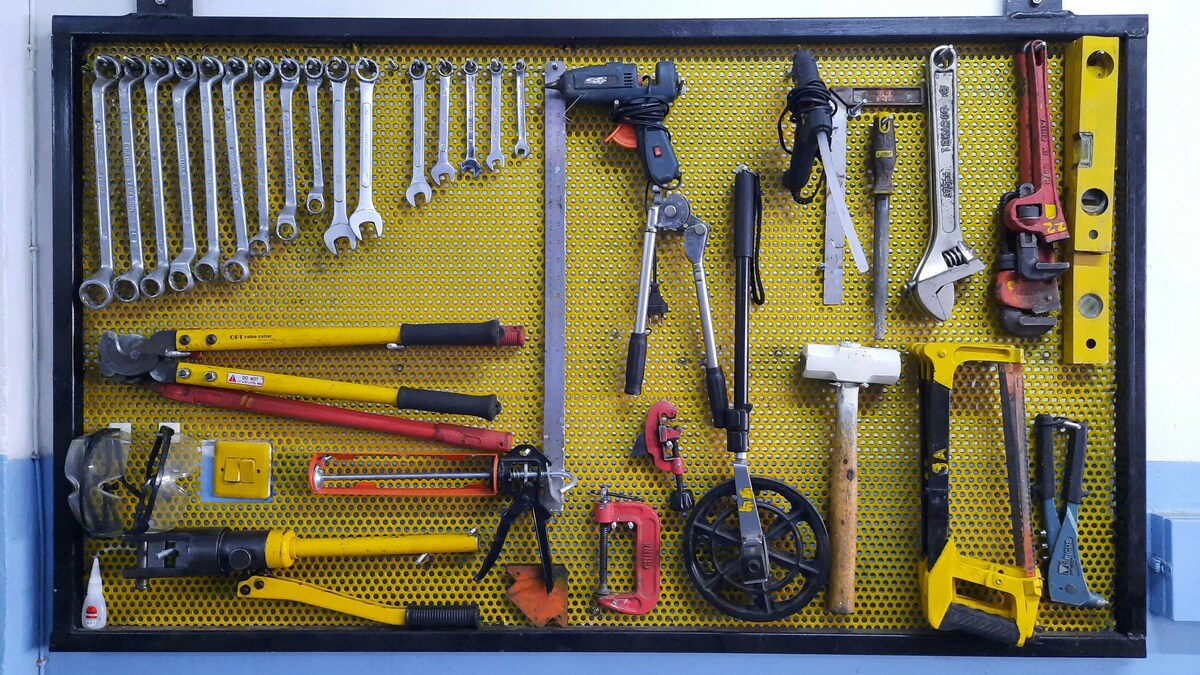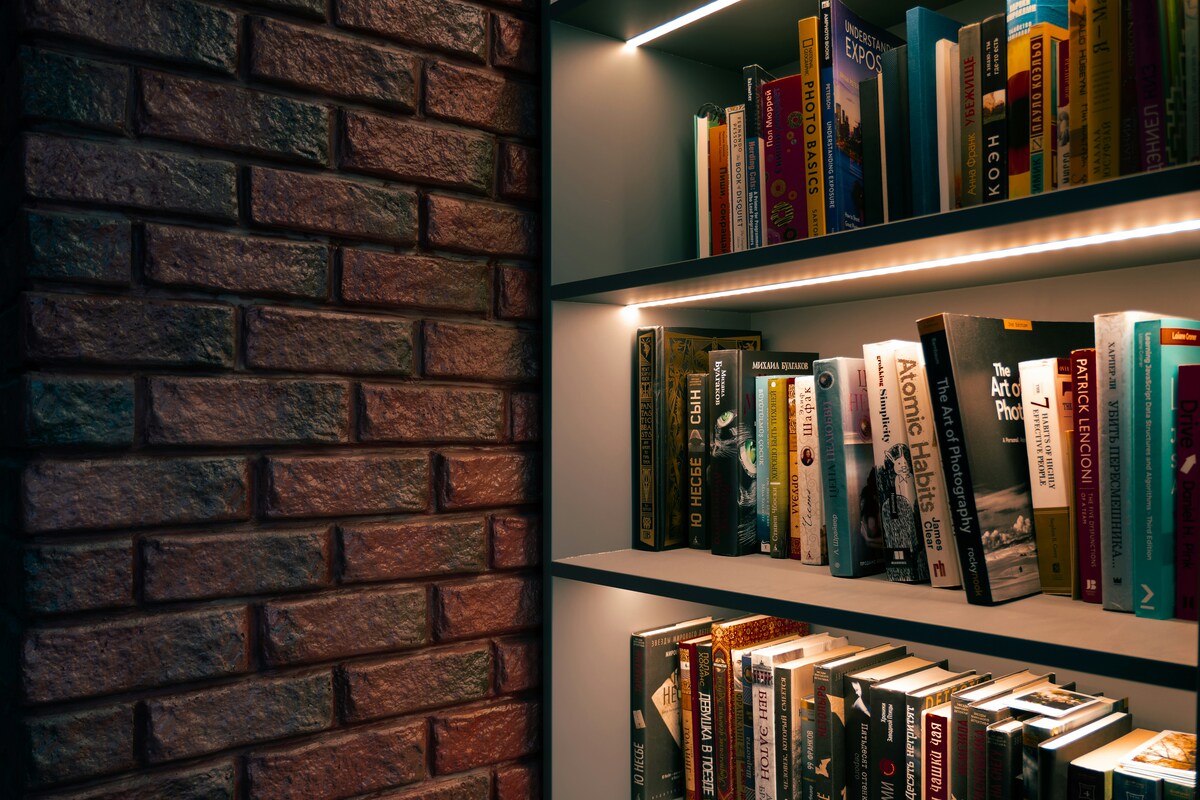Note:
This is demo content for a WordPress integration. It was generated by AI and not based on a real tutorial or personal experience.
Refinishing furniture can seem intimidating, but starting with a simple chair is a great way to learn. Whether it’s a thrift store find or something from your attic, a bit of work can transform it into a centerpiece.
Begin by removing any old fabric or cushions. Sand the wooden surfaces to remove the existing finish and smooth out scratches. Then apply a primer and paint or stain of your choice. If you’re adding a new seat cushion, a staple gun and foam insert are all you need.
It’s a satisfying weekend project and a great entry point into the world of furniture restoration.




